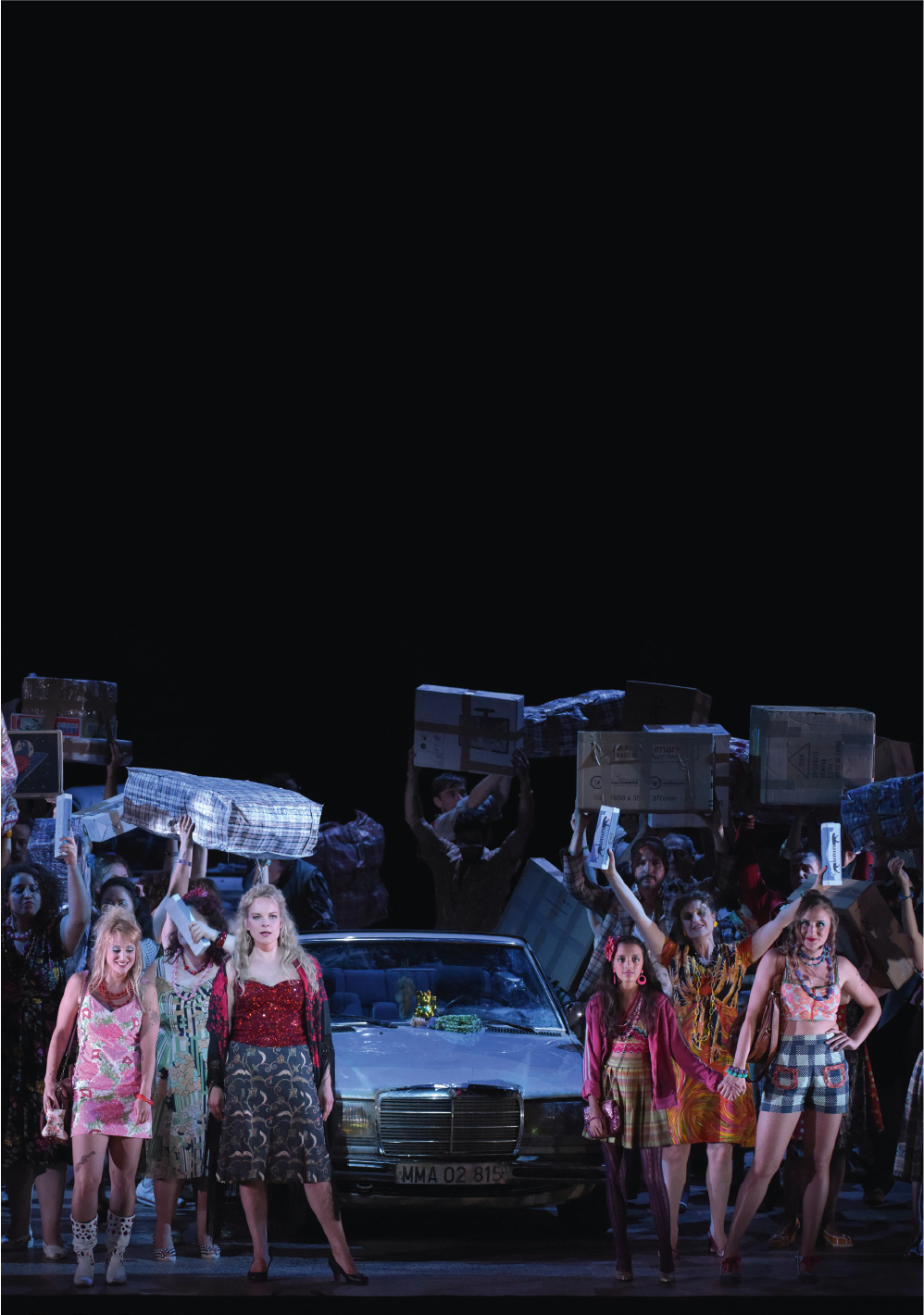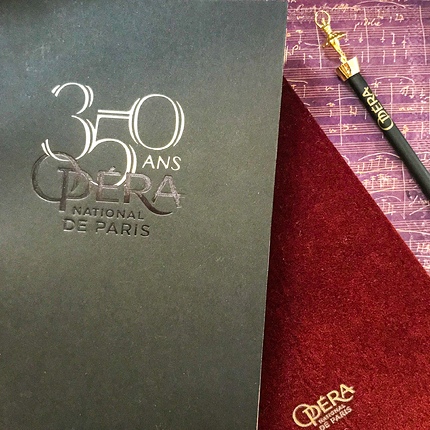Opéra-Université
Project

Opera University offers all students, whatever their field of study, the chance to discover opera and ballet around works scheduled at the Paris Opera. These à la carte courses help them to understand the processes underlying opera and ballet production. They bring added value to discussions of the various works between students following different curricula, whilst providing new insights and perspectives.
Over the last decade, nearly 400 higher education institutions (universities, high schools, colleges, art schools, student associations and groups...), representing more than 12,200 students, have participated in the activities initiated by the Paris Opera’s Opera University. Henceforth more than 2000 students come each season to discover both the Paris Opera and opera in general.
Picture: Projet C.O.D.E Opéra Garnier 2075 – Pauline Ah-Fa, Gabrielle Gbaguidi, Colette Herry, Guillaume Leroux - Ecole de Condé -MDGRI/Master Design Global Recherche et Innovation
Tailor-made paths

Tailor-made in tandem with teachers and designed for groups of 20 to 40 students. The courses include, for the productions concerned:
- Access to the final stage rehearsals
- Backstage visits of both theatres, scenery and costume workshops
- Encounters with artists along with artistic, technical or administrative staff according to the curriculum. Our primary aim is to encourage dialogue and foster comprehension.
- Privileged access to the production (operas €25 euros, ballets €15 euros , concerts and avant-premières €10)
Specifics projects

Some specific projects, in line with the works studied and the different classes followed by the students, have been elaborated with academic teachers: round tables, concerts-meetings, online exhibitions, digital projects…
PROJECTS FOR THE 2020-21 SEASON:
OCTOBER 2020 – APRIL 2021:
In partnership with the Ecole des Gobelins / Cinéma d’animation
JANUARY 2021
Meeting with Ohad Naharin’s artistic crew, on the occasion of the Paris Opera Ballet’s cover version of Sadeh 21 (a major work of the Batsheva Dance Company’s repertoire).MARCH-MAY 2021
Faust-Tosca – The organ in the opera
During the 19th century, the organ was used as a central instrument in more than 40 operatic creations –Robert the Devil, Faust, Manon, Tosca…- Gounod even declared that it was “the key element” of their success. The Garnier Opera House has its own organ, built by Cavaillé-Coll and installed during its construction, today located in the wings of the Opera.
Discussion – meeting with:
- Olivier Latry, resident organist of the Grandes orgues de Notre-Dame de Paris and teacher at the Paris Conservatory (CNSMDP): The organ in the 19th century music - church, opera, concerts.
- Florian Le Doussal, Deputy to the Head of Musical Management, and Adrien Perreau, Heritage Inventory Manager at the Garnier Opera: History of the Garnier Opera’s organ.
- Régis Singer, Expert in Bells Heritage to the French Culture Ministry: Organs craft in France
APRIL 2021
The Rape of Lucretia - Meeting with the stage director: A woman’s take on the tragedy of human relationships.
Deeply affected by the concert performed with Yehudi Menuhi in 1945 in the Bergen-Belsen concentration camp, right after its liberation, Benjamin Britten wrote The Rape of Lucrecia, a chamber opera to a libretto in verses by Ronald Duncan, which was premiered at the Glyndebourne Festival in 1946.
MAY 2021
Notre-Dame de Paris & Tribute to Roland Petit - Meeting with the Etoile dancers of the Paris Opera Ballet, former and present performers
Notre-Dame de Paris - Film music concert: The Hunchback of Notre-Dame (in partnership with the Music to images Department of the CNSMDP).
Le Rendez-vous - Round table: Joseph Kosma, music in exile
The work of Joseph Kosma, a Hungarian citizen exiled in France who obtained French nationality, is filled with exiles, escapes, encounters, break-ups in a moving and threatening world. He composed the score for Le Rendez-vous, a ballet by Roland Petit (1945) and L’Ecuyère, choreographed by Serge Lifar (1949). Exile and migration, chosen or not, have shaped the history of music. The pain of the refugees has been transformed into art. Is it still the case today? What about the question of keeping its identity in a situation of exile?
How to register
















